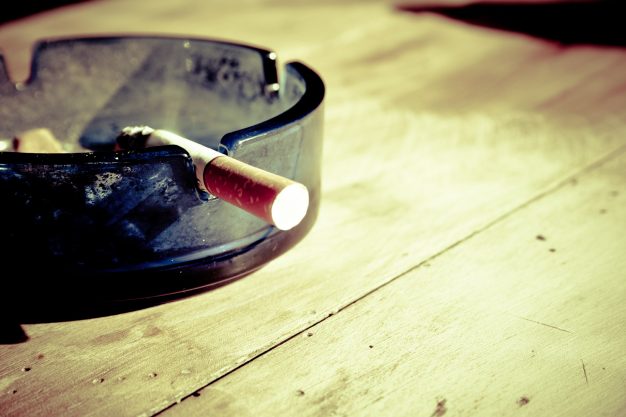
World Health Organisation: ‘Ban smoking and vaping in school to protect young people’
Ban smoking and vaping in school to protect our young people – that’s the urgent message from the World Health Organization (WHO).
With millions of children across the world now into a new school year, the WHO has issued this new call for action on the back of two new important publications, Freedom from tobacco and nicotine: guide for schools and the Nicotine- and tobacco-free school toolkit.
The WHO says that the tobacco industry relentlessly targets young people with tobacco and nicotine products resulting in e-cigarette use increasing and nine out of 10 smokers starting before the age of 18. Products have also been made more affordable for young people through the sale of single-use cigarettes and e-cigarettes, which typically lack health warnings.
Only last month regulators in the US warned companies to stop selling illegal e-cigarettes that appeal to youth by resembling school supplies, cartoon characters, and even teddy bears.
Dr Ruediger Krech, WHO Director of Health Promotion for World Health Organisation, said: “Whether sitting in class, playing games outside or waiting at the school bus stop, we must protect young people from deadly second-hand smoke and toxic e-cigarette emissions as well as ads promoting these products.”
‘Both are step-by-step manuals for schools’
Both of these two new resources are effectively step-by-step manuals for schools to create nicotine- and tobacco-free campuses. But, WHO stresses, a ‘whole of school approach’ is required to make such strategies work, and so it is vital to engage with teachers, staff, students, parents and all other affected parties. The guide and toolkit include topics on how to support students to quit, education campaigns, implementing policies and how to enforce them.
The guide highlights four ways to foster a nicotine- and tobacco-free environment for young people:
- banning nicotine and tobacco products on school campuses;
- prohibiting the sale of nicotine and tobacco products near schools;
- banning direct and indirect ads and promotion of nicotine and tobacco products near schools; and
- refusing sponsorship or engagement with tobacco and nicotine industries.
Countries worldwide were highlighted in the publication as having successfully implemented policies that support tobacco and nicotine free campuses including: India, Indonesia, Ireland, Kyrgyzstan, Morocco, Qatar, Syria, Saudi Arabia, and Ukraine.
The new WHO guide can help create nicotine- and tobacco-free schools that help keep kids healthy and safe. Nicotine- and tobacco-free policies help to prevent young people from starting to smoke; create a healthier, more productive student body; protect youth from toxic chemicals in second-hand smoke; reduce cigarette litter; and cut cleaning costs.
Click here for more information on both guides.




